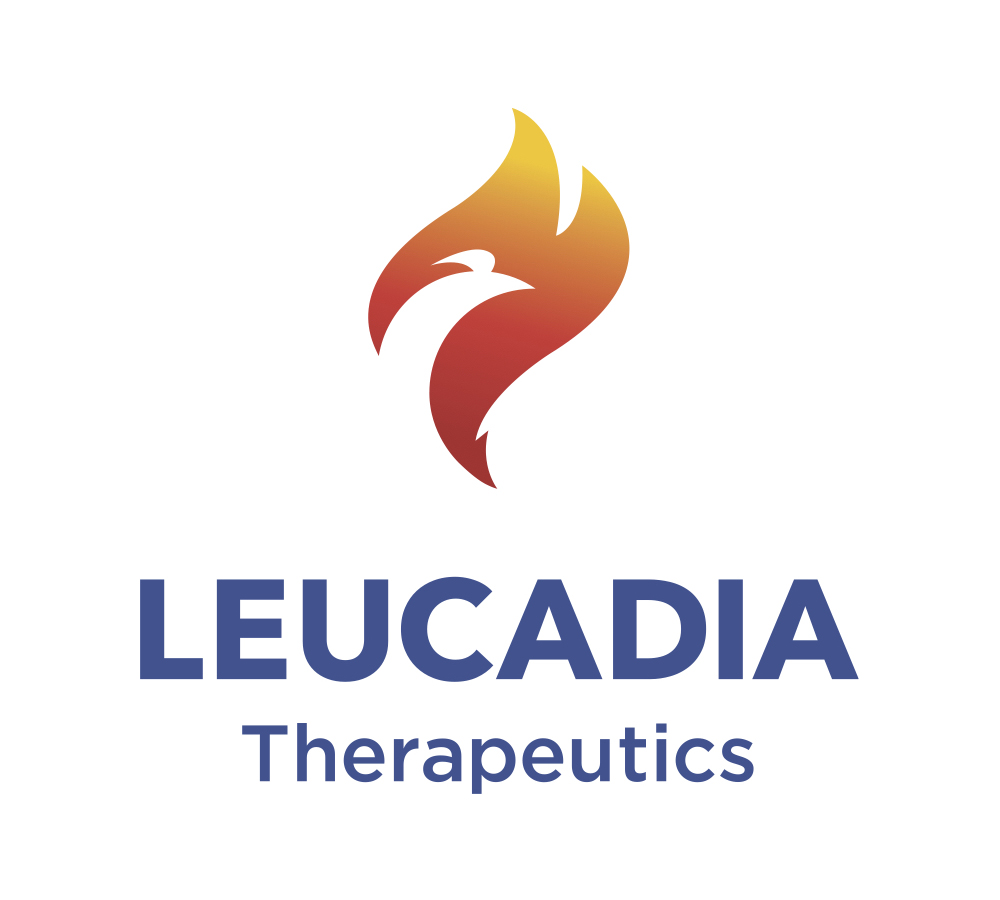Arethusta is a medical device intended to restore the flow of cerebrospinal fluid (CSF) out of the brain, thereby improving the clearance of toxic metabolites out of the brain and preventing neurodegenerative aging of the Alzheimer’s type (AD) and slowing AD-driven cognitive decline.
Normal brain function generates toxic metabolites that, if allowed to accumulate, lead to the formation of beta-amyloid aggregates and aberrant tau. The cribriform plate, a porous bone that sits just above the nasal bridge, drains the CSF that contains these metabolites. However, aging and other damage (such as a broken nose) can block this drainage system, leading to a buildup of toxins and ultimately to the classical neurological hallmarks of AD — and AD itself.
Arethusta is a shunt-like device that is expected to be inserted into the cribriform plate in an outpatient procedure to open a drain in the cribriform plate. Within minutes, it is expected to restore the flow of CSF out of the brain region where Alzheimer’s disease begins, allowing toxic metabolites to trickle into the nasal cavity, from which the body can dispose of them. (The name appears to derive from Arethusa, a nymph in Greek mythology who transformed into a freshwater spring on the Greek island of Ortygia to escape the clutches of the river god Alpheus).
Doug Ethell, the founder of Leucadia, has likened the accumulation of these aggregated proteins to a drying creek full of leaves. Normally, a creek can wash leaves away, but as it dries up, it can no longer carry away the accumulated, matted leaves. Dr. Ethell holds that by treating this underlying cause, Arethusta can prevent AD from occurring or progressing.
A company press release indicated that clinical trials of Arethusta were scheduled to begin in 2022; no such trials are in evidence as of August 2025. The company’s most recent social media posts are from 2021 and 2022.

